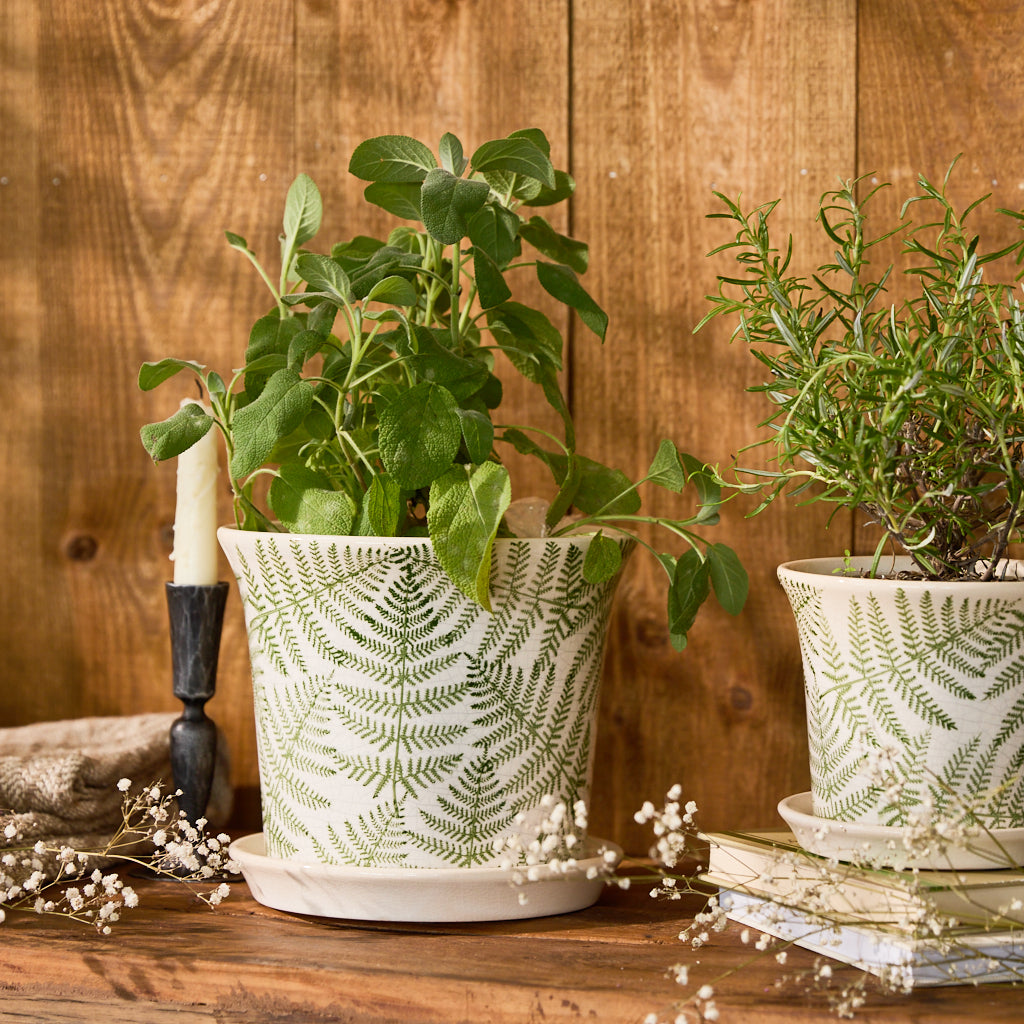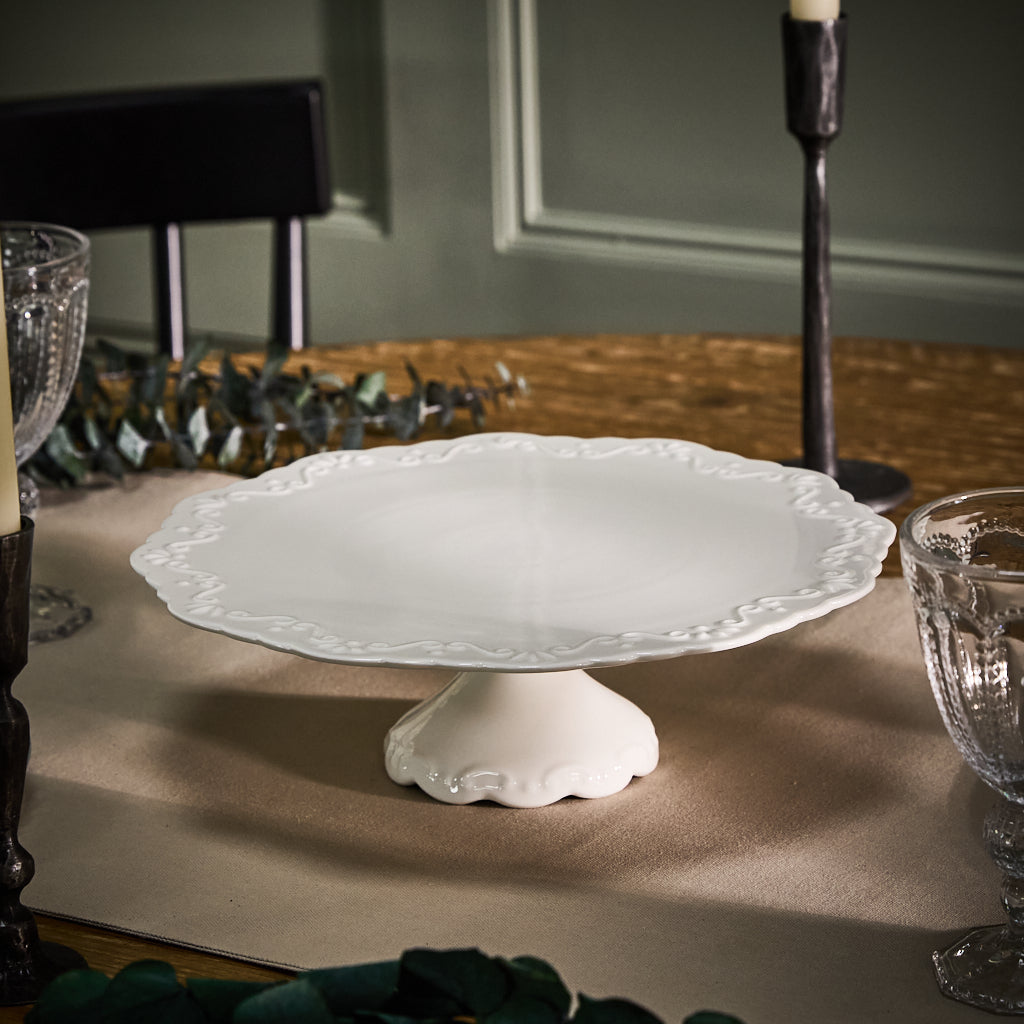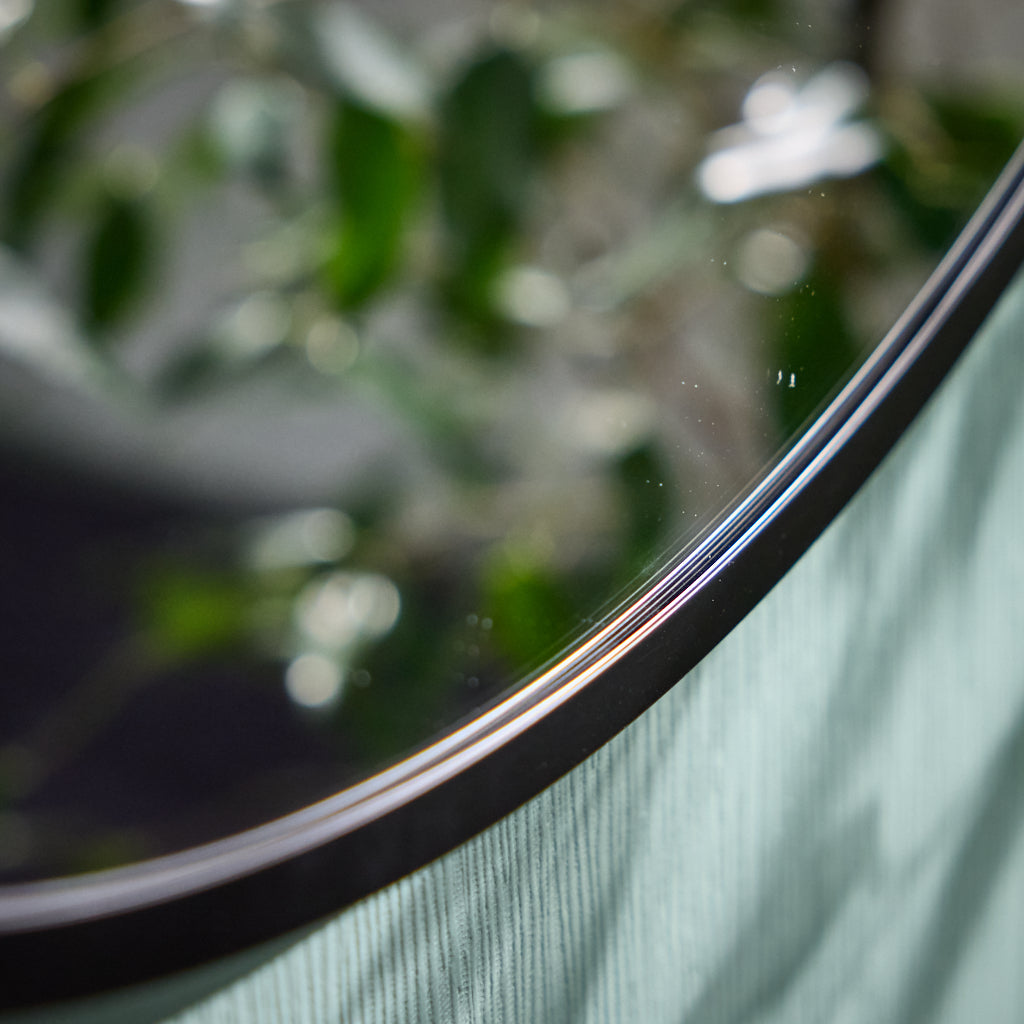Best Soil and Drainage Solutions for Home Interior Planters

Want to keep strong and healthy indoor plants? It all starts with the right soil and drainage choices.
Did you know that improper drainage is the first reason for indoor plants rotting? The Royal Horticultural Society says overwatering or poor soil may suffocate roots, causing rotting. So, whether you are a complete newbie to plant parenting or merely looking to brighten some greenery, knowing the right soil and drainage for your home interior planters makes a world of difference.
In this guide, we will explore some options for the best soil and drainage solutions for Home Interior Planters. So, stay tuned!
The Importance of Soil and Drainage for Indoor Plants
Bringing a plant inside means creating an artificial environment for it. This means controlling every essential factor, especially soil and drainage. These are the lifeline factors for plant health, development, and overall appearance.
Good Soil Does Way More Than Feed
- Holds just the right amount of moisture
- Allows movement of air through the root
- Holds the plant in upright position
- Supplies vital nutrients
What If Drainage Is Not Good?
- Roots become waterlogged and decompose.
- Fungi and pests invade
- Growth slows down or stops
- Leaves start yellowing and falling offMandeep Singh
Healthy roots equal happy plants! Let's take a look at getting everything in balance for soil and drainage.
Smart Soil Solutions for Interior Planters
Choose the Right Type for Each Plant
Not all plants need the same soil. Some like it dry and sandy, others love moisture and a rich organic mix. Here is a quick guide to choose the right soil for home interior planters.
|
Plant Type |
Best Soil Mix |
|
Succulents & Cacti |
Sandy, fast-draining, with perlite or pumice |
|
Ferns & Tropicals |
Moist, rich in organic matter, mixed with coco coir |
|
Orchids |
Chunky bark mix for air flow |
|
Herbs & Veggies |
Nutrient-rich, compost-based soil |
Pro Tip: Always read the label when buying potting mix. Look for soil-free, sterile mixes designed for containers.
Add These for an Extra Boost
- Perlite - Increases drainage and air movement
- Vermiculite - Retains moisture and nutrients
- Coco coir - Eco-friendly and moisture-retentive
- Compost - Fertilises the plant through natural means.
The use of the above ingredients depends on the requirements of your plant. It's almost like giving your plants their own personalised diet!
Master the Indoor Pot Drainage
What Does Drainage Do?
Without the county drainage systems, root systems would have rotted away or perished in muddy soil over time. Even well-rounded soils will not save your plant without drainage.
Look out for signs of poor drainage:
- Puddles form after watering
- It leaves days of soaking the soil.
- Mushy stems or blackened roots
- The presence of gnats buzzing around the soil surface
Drainage Fixes Simplified
1. Selecting the Proper Pot
Be sure to opt for a pot with a drainage hole—a requirement for plant health. Pots indoors are useless without a hole.
Nonetheless, if you've fallen in love with designer indoor pots, you can take a nursery pot of a matching size, place it inside the designer pot without any holes, and water it.
2. Use a bottom layer
At the bottom, put some smaller stones, broken pieces of clay pots, or expanded clay balls. This layer allows water to leave; otherwise, when we water to moisten the soil, it kind of clogs up the hole.
3. The Pot Tray or Saucer Might Assist
This, in particular, helps in keeping water from stilling on the table and spoiling it. It would, however, need to be ensured that the collected water is emptied out within a couple of days.
4. Repot when needed
The structural texture of the soil tends to be compacted over time. Repot using a fresh mix of 1-2 years in order to have the drainage reset.
Making Style Meet Function
With aesthetics and function coexisting, you do not need to sacrifice beauty for functionality. Use opulent plants and the best indoor plant pots!
Stylish Indoor Plant Pots for Drainage and Decoration
- Ceramic with Drainage Hole- Beautiful and breathable
- Self-Watering Planters- Good for the busy
- Terracotta With Drainage Hole- Naturally porous and stylish
- The Double-Pot Method- Use Flower pot indoor decor with safety for plants
Mixmatch will complement your home style. Add height with a stand or a shelf. Contrasting bright colours will enhance the beauty of your greenery.
Healthy plants, healthy home!
Say goodbye to plants with droopy leaves and yellow tips. The right soil mix and proper drainage will turn your lovely home interior planters into bright green art forms. Give them what they want, and in return, they will grow, bloom, and purify your air!
Some Handy Tips for an Indoor Plant Journey
- Keeping a tab on watering dates won't help; do it according to the soil feel.
- Take a poke or test the dryness with your index finger below the surface of your plants.
- Turn the pots at intervals to give every side exposure to sunlight.
- Dust wipe leaves and breathe upon them.
- Arrange humidity-loving plants into groups.
Add some joy and greenery to your home today!
Confidently Upgrade Your Space!
Choosing adequate home interior planters involves more than just considering their aesthetics. It also involves considering a place where the plants will have a chance to thrive and grow. Evergreen Interiors offers the best-quality indoor pots and expert plant care tips. So, whether you are looking for one of those designer pots for indoor use or just searching online for the best practical indoor plant pots, rest assured that at our store, you will find matched pieces for any style. So to explore more options and tips, visit our website or contact us.
Bring some cheer and greenery into your home today!
FAQs
1. What is the best soil for indoor plants?
The best soil largely depends on the type of plant you have. Most indoor plants thrive in a mix of coco coir, perlite, and compost.
2. Can I use garden soil from outdoors for indoor pots?
No, the garden soil could harbour pests and/or weeds and would be too heavy for pots. Always use a sterile indoor potting mixture.
3. How can I tell if my pot has good drainage?
The water should begin to churn out from its bottom hole in seconds. Otherwise, add some drainage layers or repot it.
4. Do designer pots come equipped with drainage holes?
Not always. If yours does not, use a plastic nursery pot inside and take it out for proper watering.
5. What does it mean if the leaves of my indoor plant turn yellow?
Yellowing indoor plant leaves indicate that the plant may be overwatered, poorly draining, or deficient in nutrients. In each case, check for soil moisture and drainage.



Comments